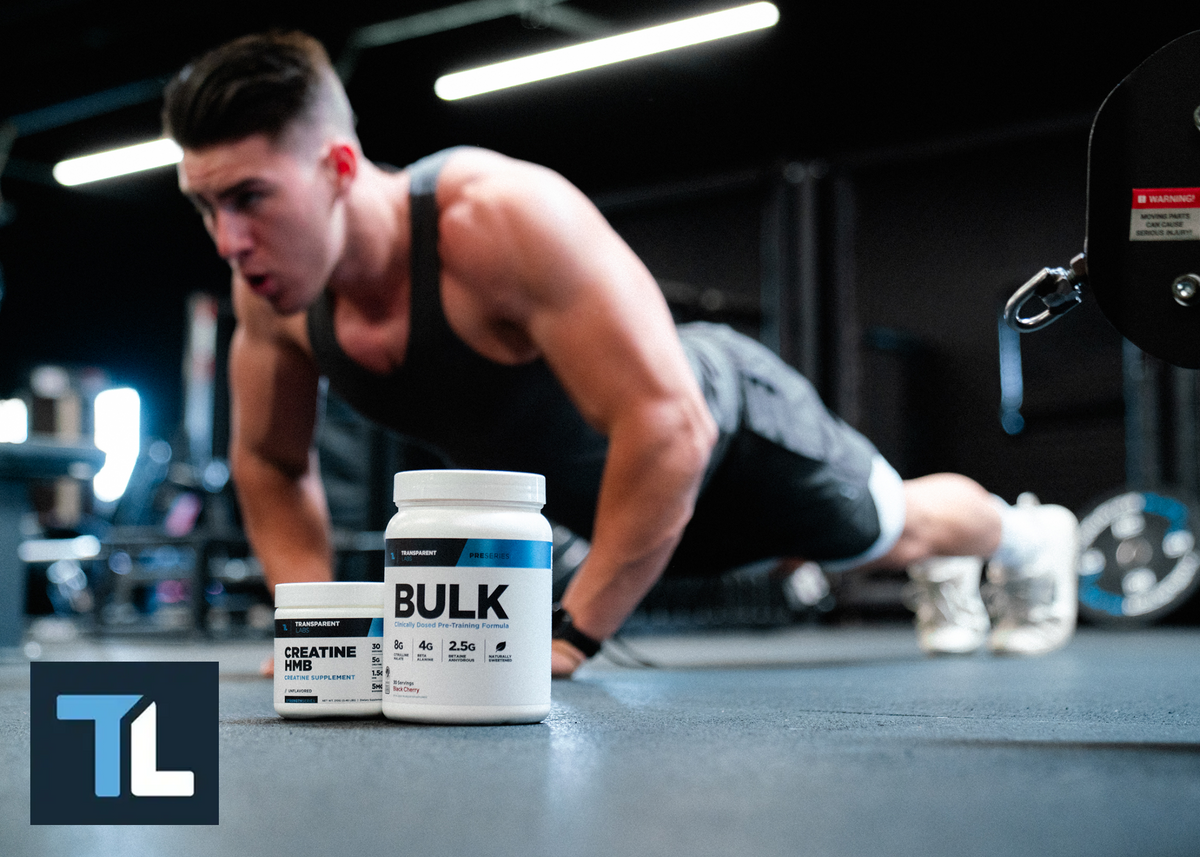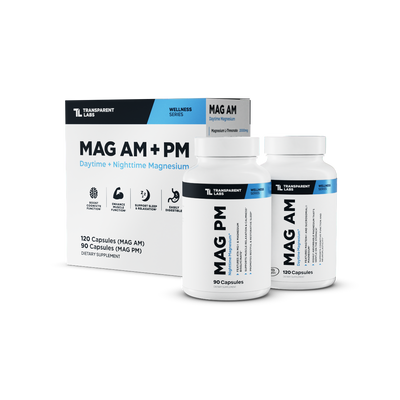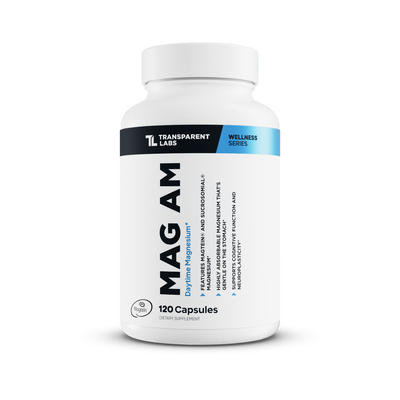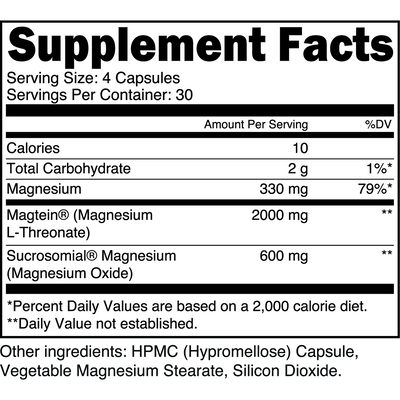Calisthenics for Beginners: A Step-by-Step Workout Plan

If you're over your gym and rather focus on getting a good workout at home (or outdoors), using your own body weight and gravity is an excellent way to get fit.
Calisthenics is a no-gym, no-equipment workout with very few barriers to entry, which means no excuses not to get started. Still, it comes with solid benefits you can tap in the comfort of your own home. Calisthenics helps build foundational strength while improving your flexibility, endurance, mobility, and posture, according to the Cleveland Clinic.
If you're looking to get fit with just your body weight, follow along with our calisthenics workout plan for beginners.
What Is Calisthenics?
Calisthenics is a type of training that uses your body weight as resistance rather than equipment, such as dumbbells, kettlebells, or barbells. It focuses on functional movements — think: pushing, pulling, and squatting — that mimic natural, everyday motions.
One of the main benefits of starting a calisthenics workout plan is that you can do it anywhere. It focuses on simple yet effective movements, such as push-ups, squats, and planks, which don't require a gym membership or purchasing fancy equipment. Calisthenics is especially great for beginners just starting their fitness journey because it's a budget-friendly way to build fitness. Plus, using your own body weight helps you perfect your form rather than jumping straight into using weights and risking injury.
Calisthenics exercises are also scalable, so in time, you can progress from basic moves like push-ups and squats to advanced ones like muscle-ups or handstand push-ups. That also means, you'll be able to build muscle through progressive overload and get fitter from the comfort of your own home (or park, if it's nice out).
How to Get Started With Calisthenics
Getting started with calisthenics is straightforward. All you need is comfortable workout clothing that allows for full range of motion and a space where you can perform exercises like push-ups and planks.
While not required, you can throw in a few basic pieces of equipment, like a pull-up bar or resistance bands. Many public parks have pull-up bars. And resistance bands are portable and affordable (you can find a pack on Amazon for under 20 bucks).
Here's a quick cheat sheet of everything you might need to start a calisthenics workout plan:
-
Comfortable athletic wear, including sneakers
-
Resistance bands
-
Pull-up bar (or access to one)
-
Open space
-
Yoga mat
-
Water bottle
As with everything in life, consistency is the key to seeing progress in calisthenics. For beginners, it's important to start slow and focus on mastering good form before moving on to more advanced exercises. Aim to work out at least three to four times a week, gradually increasing the number of reps or sets as you gain strength and get more comfortable with the movements.
Extra equipment, like resistance bands and a pull-up bar, come in handy when you've progressed and think you're up for trying more advanced calisthenics exercises.
You can add difficulty by introducing new variations of the bodyweight exercises you're doing, such as going from knee push-ups to standard push-ups or adding in resistance bands for extra challenge. By slowly increasing the intensity — whether through more reps or sets or shorter rests in between— you'll build a solid foundation for more advanced moves down the road.

A Beginner Calisthenics Workout Plan
This 4-week calisthenics plan is designed to target different muscle groups and build a strong foundation, and you'll also notice intermediate and advanced movements for when you've progressed. Just note that once you progress, you might want to add a few pieces of equipment, like a pull-up and dip bar.
Each day focuses on a specific muscle group, with an optional full-body workout and active recovery day.
Warm-up: Before beginning each day's workout, start with a quick warm-up consisting of jumping jacks to get your heart rate up and some stretching and mobility moves that target the muscles you're going to train that day.
Day 1: Upper Body
-
Push-ups
-
Beginner: Knee push-ups, 3 sets of 8-10 reps
-
Intermediate: Standard push-ups, 3 sets of 10-12 reps
-
Advanced: Diamond or decline push-ups, 3 sets of 12-15 reps
-
Tip: When performing push-ups, regardless of the variation, keep your core engaged and lower your chest until it’s just above the ground. Then, push back up.
-
Pull-ups (if you have a bar)
-
Beginner: Assisted pull-ups using resistance bands, 3 sets of 4-6 reps
-
Intermediate: Standard pull-ups, 3 sets of 5-8 reps
-
Advanced: Wide-grip pull-ups or L-sit pull-ups, 3 sets of 8-10 reps
-
Tip: When performing pull-ups, always engage your lats and keep your core tight to avoid swinging your body.
-
Dips
-
Beginner: Bench dips, 3 sets of 8-10 reps
-
Intermediate: Parallel bar dips, 3 sets of 8-10 reps
-
Advanced: Ring dips, 3 sets of 10-12 reps
-
Tip: During the eccentric (lowering) motion, lower your body until your arms are at a 90-degree angle. Then, push up, engaging your core as well as your upper body.
-
Plank
-
Beginner: Hold for 20-30 seconds, 3 sets
-
Intermediate: Hold for 45-60 seconds, 3 sets
-
Advanced: Side planks or plank to push-up transition, 3 sets of 30-45 seconds on each side
-
Tip: Keep your body in a straight line from head to heels, making sure that your hips remain in line with your shoulders. (You also don't want the hips to come up too high as if you're in a downward dog.)
Day 2: Lower Body
-
Bodyweight Squats
-
Beginner: Standard squats, 3 sets of 10-12 reps
-
Intermediate: Jump squats, 3 sets of 10-12 reps
-
Advanced: Pistol squats, 3 sets of 6-8 reps each leg
-
Tip: As you're squatting down, keep your chest up and knees tracking over your toes. Try visualizing yourself sitting back into a chair.
-
Lunges
-
Beginner: Stationary lunges, 3 sets of 8-10 reps per leg
-
Intermediate: Walking lunges, 3 sets of 10-12 reps per leg
-
Advanced: Jumping lunges, 3 sets of 12-15 reps per leg
-
Tip: No matter the lunge variation, make sure your front knee stays aligned with your ankle as you lunge.
-
Glute Bridges
-
Beginner: Standard glute bridges, 3 sets of 12-15 reps
-
Intermediate: Single-leg glute bridges, 3 sets of 8-10 reps per leg
-
Advanced: Elevated glute bridges, 3 sets of 12-15 reps (you can add resistance bands to make this even more challenging)
-
Tip: At the top of the movement, remember to squeeze your glutes, keeping your core tight and spine neutral. You don't want your back and spine scooping as you perform a glute bridge because that can strain your back.
Day 3: Core
-
Plank
-
Beginner: Hold for 20-30 seconds, 3 sets
-
Intermediate: Hold for 45-60 seconds, 3 sets
-
Advanced: Plank with alternating shoulder taps, 3 sets of 30-45 seconds
-
Tip: Remember to keep your body in a straight line from head to heels. If you're doing an advanced plank, avoid rotating as you tap your shoulders.
-
Mountain Climbers
-
Beginner: Slow mountain climbers, 3 sets of 20-30 reps
-
Intermediate: Standard mountain climbers, 3 sets of 30-40 reps
-
Advanced: Fast-paced or cross-body climbers, 3 sets of 40-50 reps
-
Tip: Focus on keeping your core tight and engaging your abs as you drive your knees toward your chest.
-
Crunches
-
Beginner: Standard crunches, 3 sets of 15-20 reps
-
Intermediate: Bicycle crunches, 3 sets of 20-25 reps
-
Advanced: Toe-touch crunches, 3 sets of 25-30 reps
-
Tip: To avoid neck strain and pain (a common issue beginners complain about when doing crunches), focus on lifting your shoulders, not your neck.
Day 4: Rest day!
Day 5: Full Body
-
Burpees
-
Beginner: Modified burpees without push-ups, 3 sets of 8-10 reps
-
Intermediate: Standard burpees, 3 sets of 10-12 reps
-
Advanced: Burpees with a tuck jump, 3 sets of 12-15 reps
-
Tip: Focus on maintaining a steady rhythm while keeping your core tight.
-
Squats
-
Beginner: Standard squats, 3 sets of 10-12 reps
-
Intermediate: Jump squats, 3 sets of 10-12 reps
-
Advanced: Pistol squats, 3 sets of 6-8 reps each leg
-
Tip: As you're squatting down, keep your chest up and knees tracking over your toes. Try visualizing yourself sitting back into a chair.
-
Push-ups
-
Beginner: Knee push-ups, 3 sets of 8-10 reps
-
Intermediate: Standard push-ups, 3 sets of 10-12 reps
-
Advanced: Diamond or decline push-ups, 3 sets of 12-15 reps
-
Tip: When performing push-ups, regardless of the variation, keep your core engaged and lower your chest until it’s just above the ground. Then, push back up.
Day 6: Active Recovery
-
Light jogging or walking, 20-30 minutes
-
Stretching or yoga, 15-20 minutes
Day 7: Optional Light Cardio
-
Light jogging, cycling/biking, or walking, 20-30 minutes
Tips for Success
When you're just starting out with calisthenics, or any training plan for that matter, you'll want to track progress and avoid overexerting yourself. Here are a few tips to keep in mind as you begin:
Track Your Progress
Tracking your progress is key to staying motivated, especially for calisthenics beginners.
Buy a journal or download a fitness app where you can note down the number of reps, sets, or the duration of each exercise. Over time, you’ll be able to see improvements — you were able to hold a plank for an extra 30 seconds or hit a push-up rep PR.
Celebrating these milestones will help you stay committed and motivated to reach your bigger fitness goals.
Make Time for Rest Days and Recovery
Rest days are just as important as workout days. When you perform calisthenics exercises, you create tiny tears in your muscles that need time to heal and grow stronger, according to Harvard Health Publishing. Skipping rest can lead to overtraining, fatigue, and injury (in the worst-case scenario).
Make sure to include one to two rest or active recovery days in your weekly routine where you focus on light activities like stretching or walking. These recovery periods allow your body to rebuild and come back stronger.

Start Slow and Set Realistic Goals
As a beginner, it’s easy to want to rush into challenging exercises. But starting slow is more important than our egos would like to admit.
Focus on mastering the basics with proper form before attempting more advanced moves. Set small, achievable goals each week, like adding an extra rep to your sets or hitting a one-minute plank.
These smaller, bite-sized goals will not only help build your confidence but also create a sense of accomplishment as you gradually progress toward more advanced movements.
Common Calisthenics Mistakes to Avoid
As you're working your way to your calisthenics goals, keep these common mistakes in mind and try to avoid them.
Overtraining
One of the most common mistakes beginners make is going too hard too fast. It’s tempting to push yourself hard every day to see quick results, but this can lead to burnout, fatigue, or (even worse) injury.
Your muscles need time to recover and grow, so make sure to schedule rest days and listen to your body. Incorporating recovery techniques like stretching, foam rolling, or light activity on rest days will help you avoid overuse injuries so that you don't have to waste time in pain and back at square one.
Forgetting about your form
Another major pitfall is exercising with poor form, especially when rushing through reps or attempting advanced movements too soon. Poor form can cause strain on the wrong joints and muscles, leading to injury.
Prioritize quality over quantity by focusing on correct alignment and muscle engagement for each exercise. If you’re not 100% sure about your form, start with beginner-friendly modifications or watch YouTube tutorials to perfect your technique.
Not Staying Consistent
Starting off strong but falling off the routine is guaranteed to get you… nowhere. Instead, create a manageable schedule that fits into your lifestyle and stick to it.
Tracking your workouts and setting small, attainable goals can keep you motivated and consistent over time. Progress may be gradual, but consistency is key to building muscle with bodyweight strength training.
Final Thoughts
Calisthenics focuses on functional movements, which means you'll get stronger in practical bodyweight moves, like hoisting yourself up or carrying heavy objects with ease in everyday life. Plus, starting a calisthenics workout plan can help you stay motivated to stick to it when you don't have access to a gym, when you're traveling, or when you'd just rather work out at home. It's the type of workout that proves fitness can be accessible, affordable, and highly effective for building a body you're proud of.









